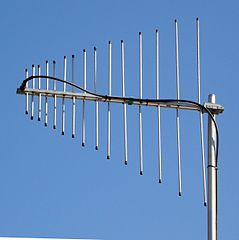You have 2 PBS that are 1 edge 17 & 40 miles so you have a good chance one will come in. ABC is more doubtful your nearest ones are 2 edge.Was hoping for ABC, PBS and wherever can i get
and 35-40 miles away. You might be able to aim the front of the antenna at channel 40 and pick up PBS off the back side of the antenna..




